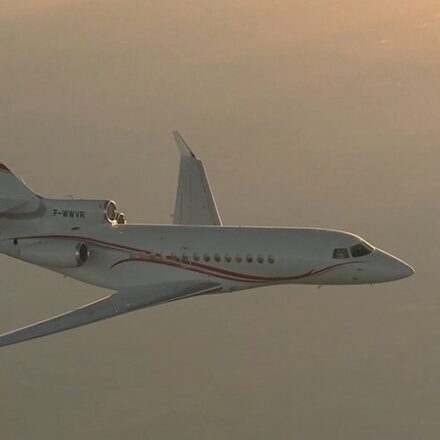Information technologies are progressing at the speed of sound. At Dassault Aviation, as an aeronautical general contractor, we pilot industrial programmes that can span ten or twenty years. Our challenge when planning the future of military aviation, with the Rafale, or business aviation, with the Falcon, is therefore to equip ourselves with infrastructure that is cutting-edge in terms of calculation capacity, but also sufficiently agile to keep up with innovation in the long term. Our data centre, designed in the 80s for mainframe environments, did not meet these requirements. With new aeroplane programmes on the launch pad, it was time for a major modernisation of this foundational infrastructure.
VIDEO : https://youtu.be/xaM31h84NS8
A networked catapulted by software
With the support of our partners, Dell Technologies and Systemic, we implemented two new and fully renovated data centres, starting with a complete overhaul of the network. The sensitivity of the data we use means we have to maintain an extremely high level of security, but our work also involves creating external openings to our ecosystem. The network was therefore the priority foundation to transform, as it covers connectivity and cybersecurity. To do this, we had a complete paradigm shift and looked to a Software-Defined Network. The virtualisation of the network now allows us to create the configurations we need on the go, project by project or application by application, in order to define and apply a suitable security policy for each one.
First class data storage
The other major component of our modernisation project was of course performance. Year after year, more and more complex processes have been digitised, leading to an ever-increasing need in terms of calculation speed and storage capacity. The digital twin is a good example of this. Today, to support all the design stages for an aeroplane, we create a full 3D model of the machine and its different components. Working on these virtual twins allows us to save a lot of resources as well as precious time in comparison to the technical drawings and prototypes we made previously. But the process requires a huge amount of calculation resources and generates very large files. We therefore looked to Dell EMC PowerMax flash and NVMe storage bays to obtain both the volumes and performance that we needed now, as well as the scalability we will need in the future.
Automatic IT and steering
Finally, it seemed likely that this full renovation of our IT would mean increased complexity. Our teams must be able to dedicate themselves to the business developments that will allow us to hold on to our leadership in the air. The formation created by Dell EMC hardware bricks and VMware software intelligence therefore represents a cohesive and automated platform that reduces the workload of our administrators. The runway to innovation is now clear!


